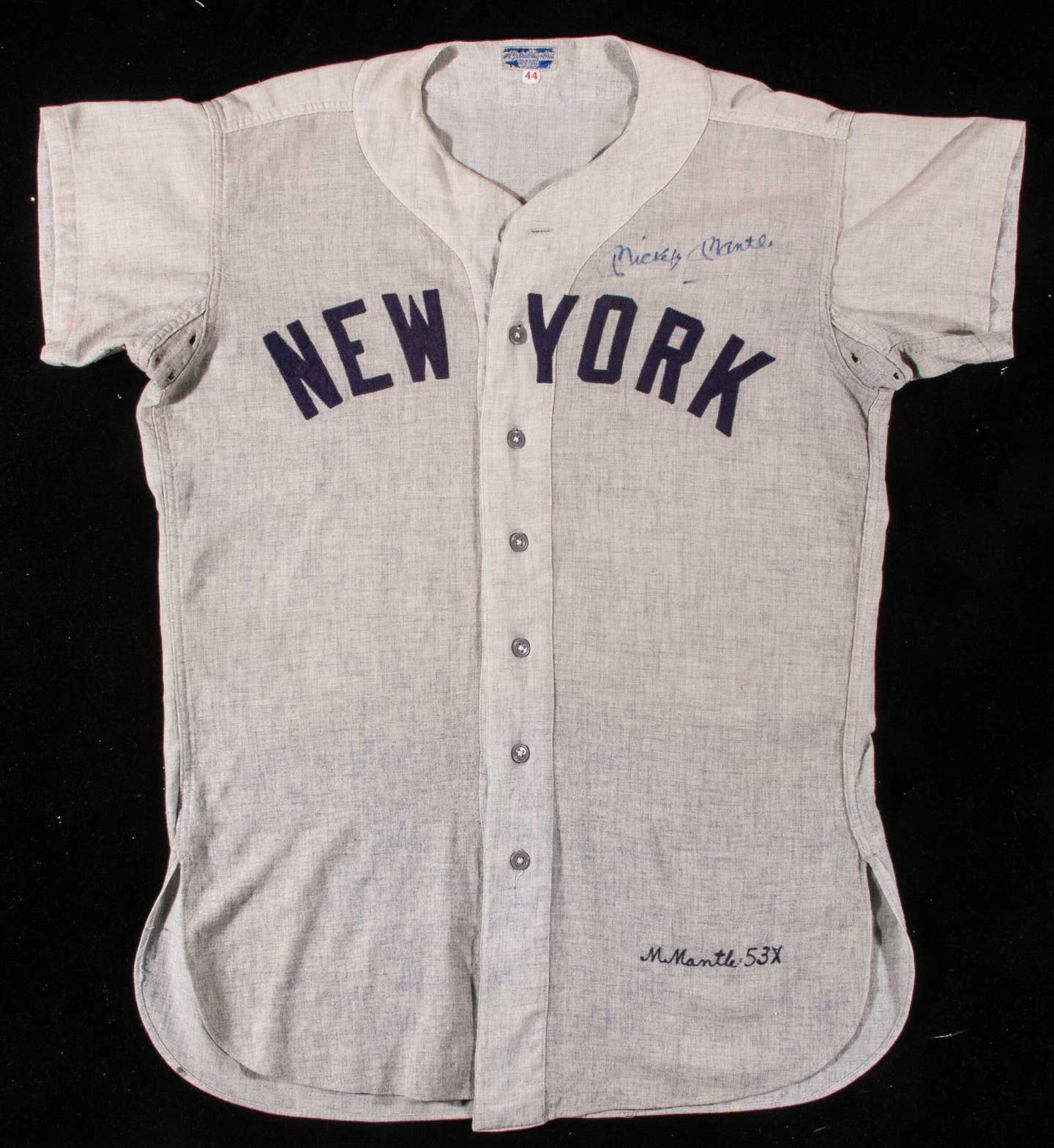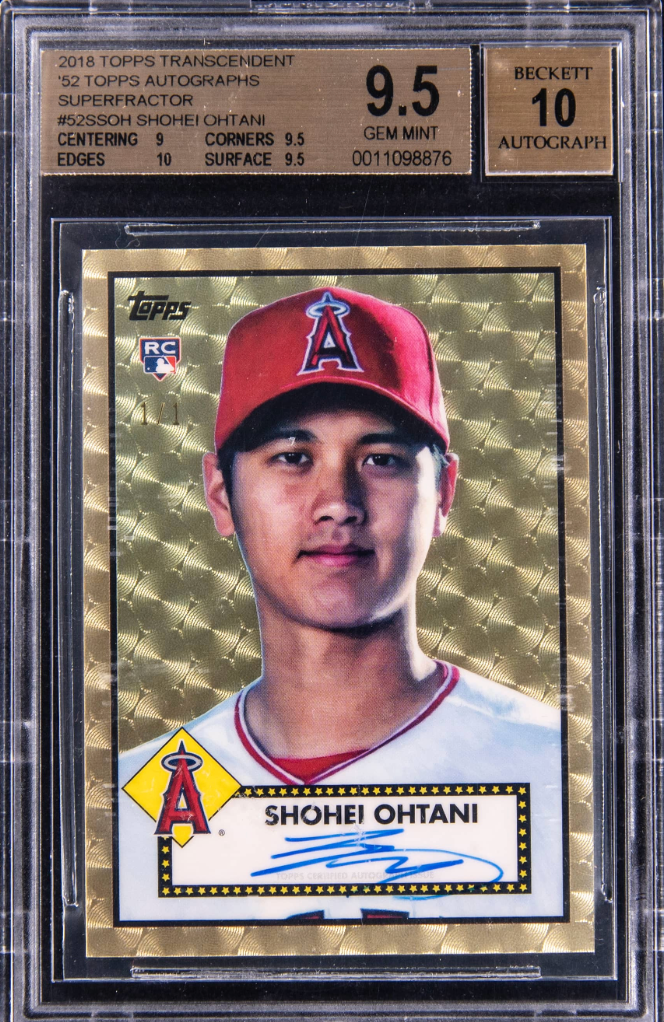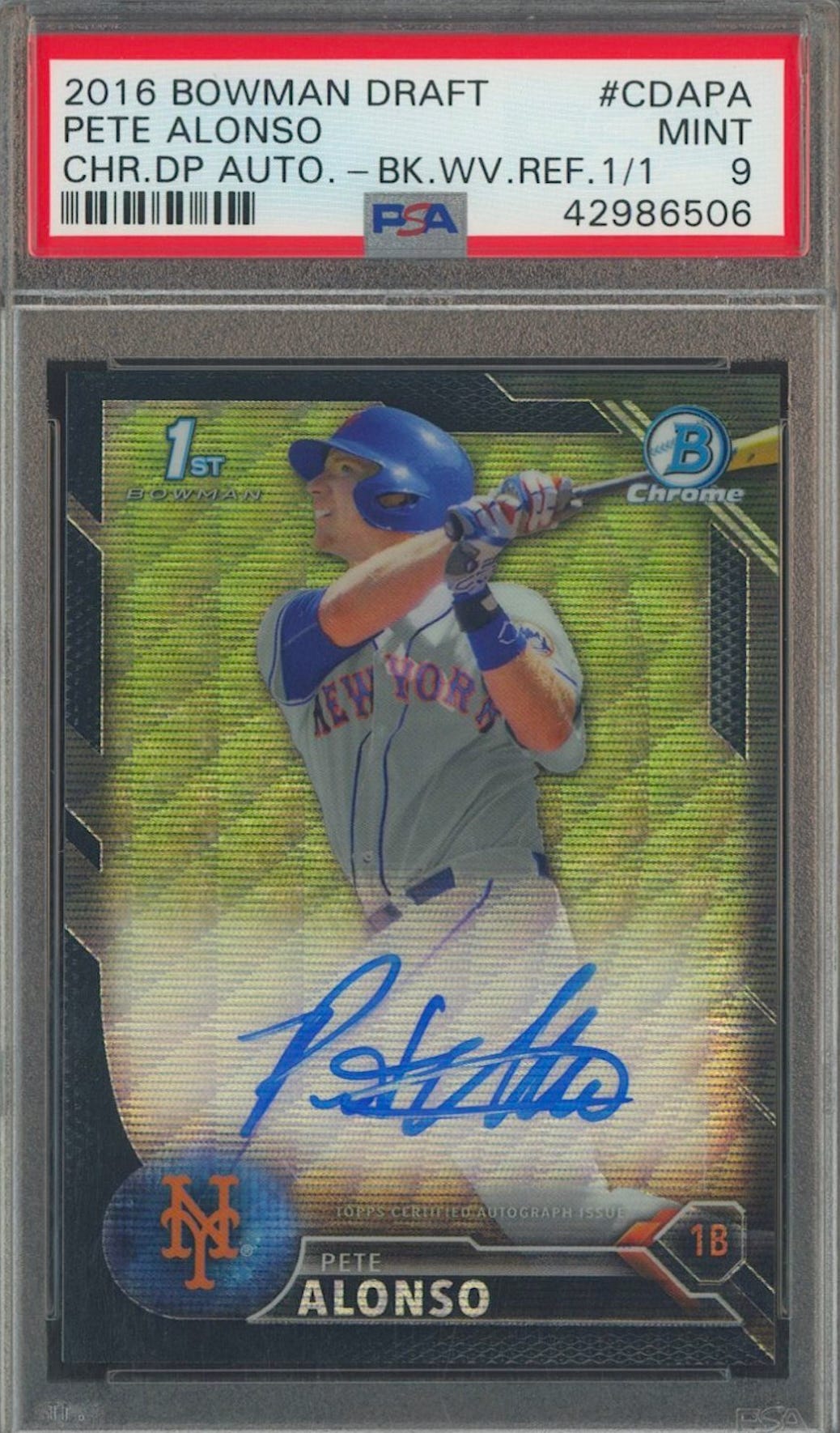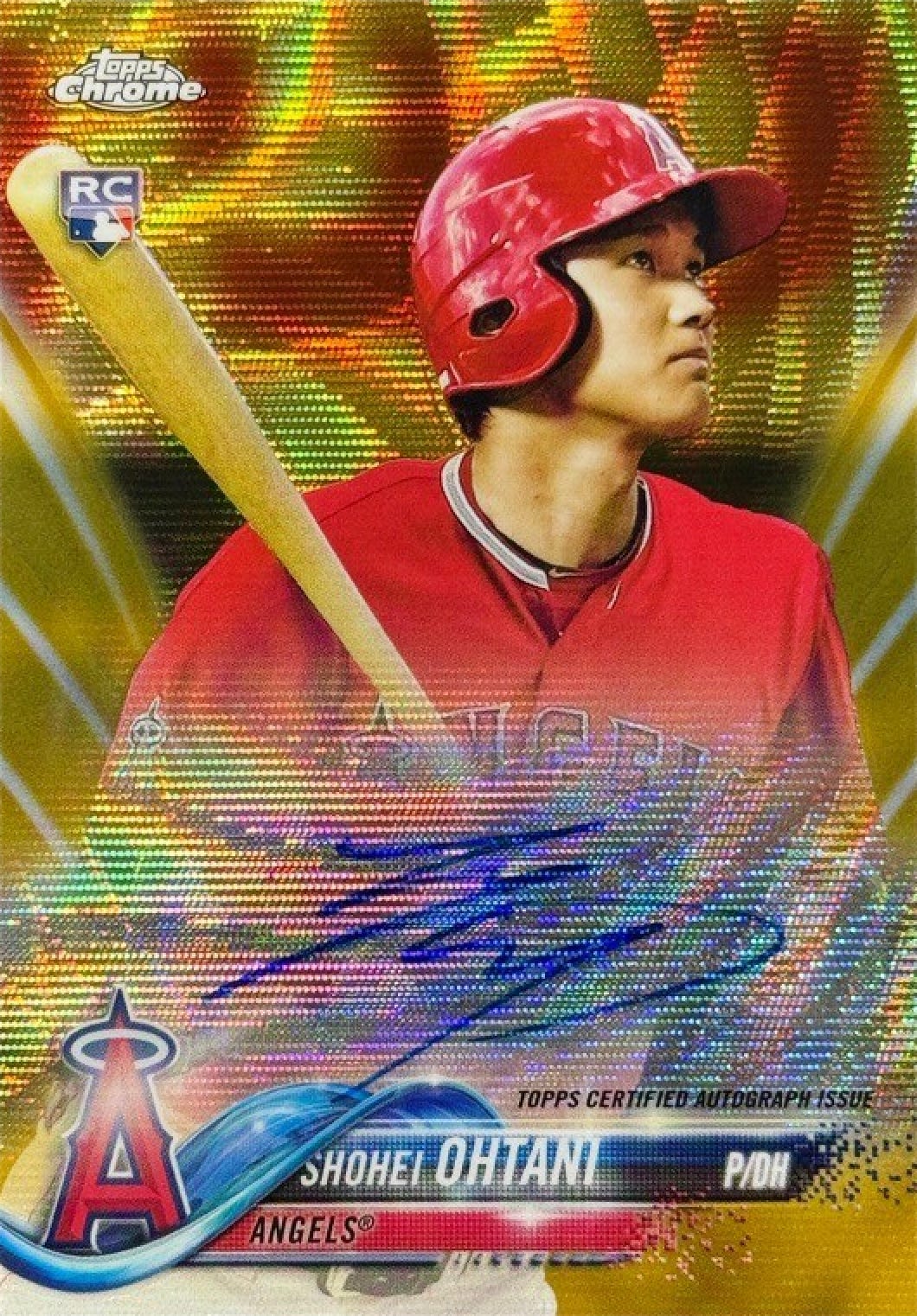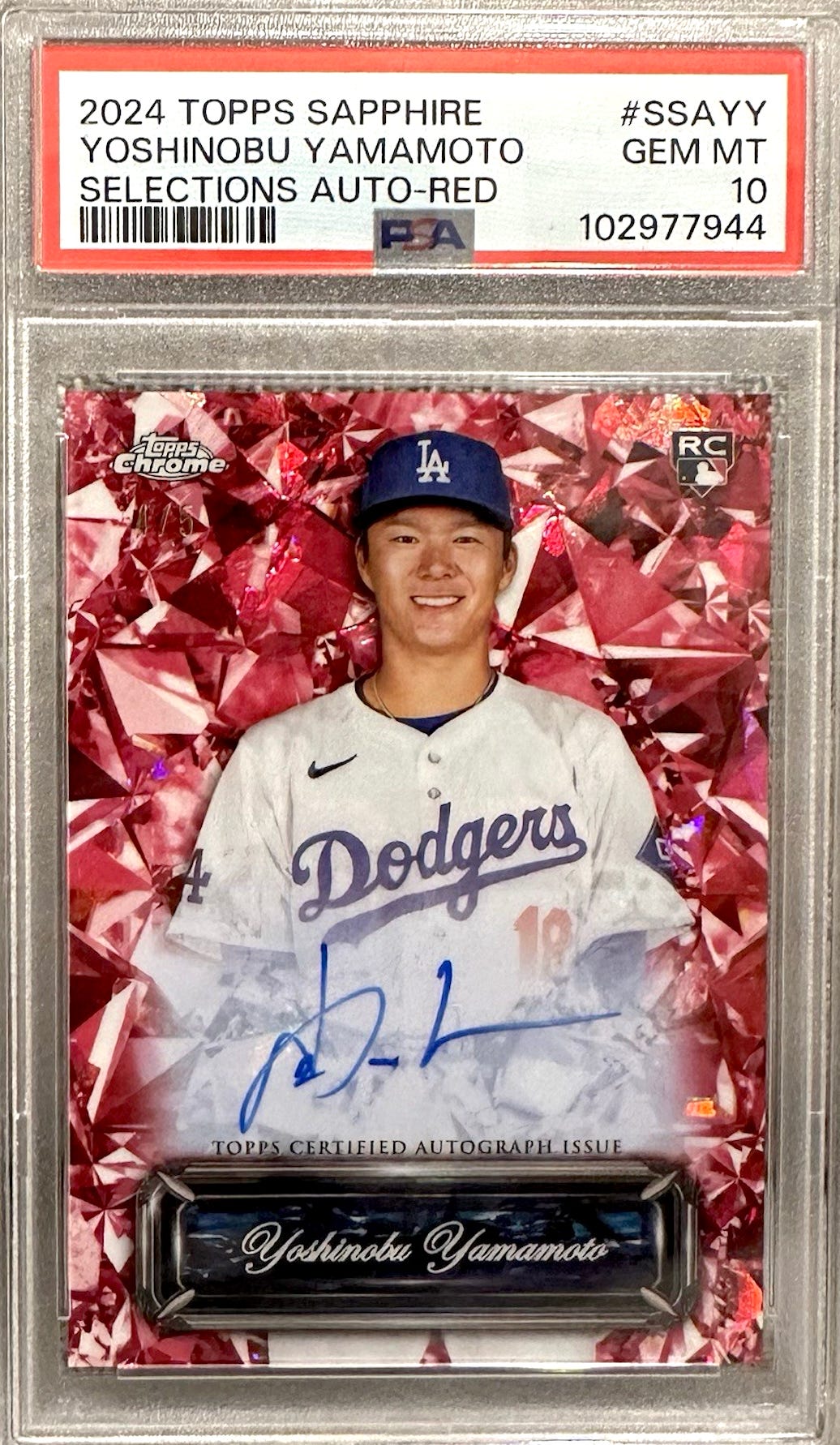News
Trying on the Fabled Hickok Belt
Imagine an award that honored the best athlete in all of sports in a calendar year – one so respected and revered it remains in athletes' possessions long after all of the other awards are sold at auction or given away.
This award existed and featured one of the most unique pieces of memorabilia ever produced.
The S. Rae Hickok Belt Award was issued from 1950-76 to a single athlete who’s accomplishments outshone all others. The award was considered the pinnacle of all sports honors and more coveted than an Oscar in acting circles. Winners included Muhammad Ali, Mickey Mantle, Arnold Palmer, Jim Brown, Sandy Koufax and other immortals.
The Hickok Belt was made from genuine alligator skin and featured a 5-pound, solid gold buckle that was encrusted with diamonds, rubies and sapphires. The belt was presented each year in a banquet in Rochester, N.Y., in what became known as the “Academy Award of Sports.”
The coveted award is the subject of the book Jewel of the Sports World: The Story of the Hickok Belt Award by Scott Pitoniak (2010, RIT Press). The book provides a fascinating overview of the belt’s origin, the athletes who received the award, values of the belts and what has become of the awards many considered to be the pinnacle honor of a career.
Origin
Ray and Alan Hickok wanted to honor their father’s memory in some fashion. The family business was belt buckles, cufflinks, men’s jewelry and the like, and the brothers wanted to award a belt to the middleweight boxing champ of the world. To make it more legitimate, the brothers enlisted Murray Goodman, a former syndicated sports editor and New York City boxing promoter, to help.
After the first recipient, Jake LaMotta, wouldn’t return the belt after a title victory because he loved it so much (and reports say he even slept with it – rules stated the winner needed to defend the title at least once before keeping it forever) and learning the belt infringed on the championship belt awarded by Ring magazine, it was decided to go beyond boxing and present the award to the top professional athlete in all sports.
To decide who would receive the honor, Goodman helped form a panel of 300 sportswriters and sportscasters to vote on monthly and annual winners.
While the belt awarded to the athlete of the year was the main prize, the panel also voted on monthly winners at first, with the winner getting a miniature, gold-plated replica of the Hickok Belt.
For the end of the year Belt award, voters would list three athletes, with the first-place vote getting three points, second place was awarded two points and third place one point.
The first winner of the Hickok Belt was Yankee shortstop Phil Rizzuto, who beat out Ben Hogan by six votes. Rizzuto donated his belt to the Baseball Hall of Fame in 1995.
Belt makeup and values
The first Hickok Belt took six months to produce, and the Hickoks made sure it only included the finest gems and gold. After all, this was a centerpiece of sports awards named in their father’s honor. The cost of the first belt was $10,000 in 1950.
To create the belt today, with labor, gold (84 troy ounces of 18K gold), gems (41/3K ruby, 41/3K sapphire, 41/3K diamond and 26 diamond chips totalling 5.5 carats) and the leather belt, it would cost about $218,500.
Some athletes used the belt to procure favor with their wives (or others). Rizzuto and Steve Carlton, for instance, took some or all of the precious gems off the belt and made necklaces and other jewelry, swapping in replica jewelry for the belt. Carlton’s belt, with the gems removed, sold for $16,100 in a Sotheby’s auction.
Obviously, some athletes’ belts would sell for much more than others. Leland’s Mike Heffner is quoted in the book as estimating Mickey Mantle’s 1956 Hickok Belt could command $250,000-$300,000 on the secondary market. Bidding for that item would certainly be fun to watch, say at a National?
The book
Jewel of the Sports World is a great look at the fabled award, adding in stories of the players, their successful years and the award ceremony’s trials and tribulations, while providing a backdrop of the world’s events at the time.
There are great quotes from those involved with the award and its recepients, excellent photos of winners and other dignitaries and a foreward written by Muhammad Ali.
It’s a fun read filled with interesting tidbits of information throughout of a long-ago award that remains as elusive to collectors as it is coveted by its famous owners.
Jewel of the Sports World is 152 pages of pure enjoyment with more than 50 great photos. The book retails for $24.95 and can be ordered by calling (585) 475-6766 or visiting http://carypress.rit.edu.



